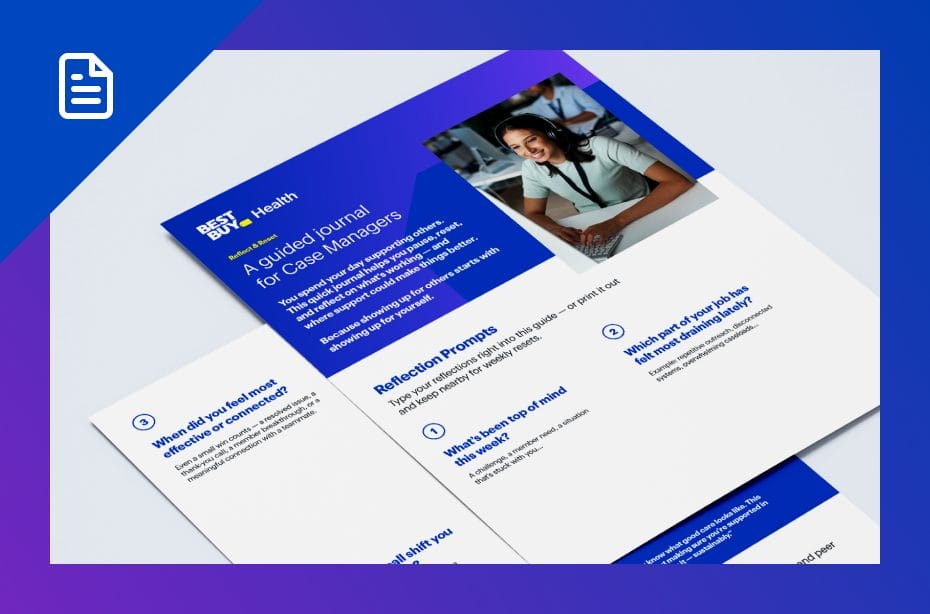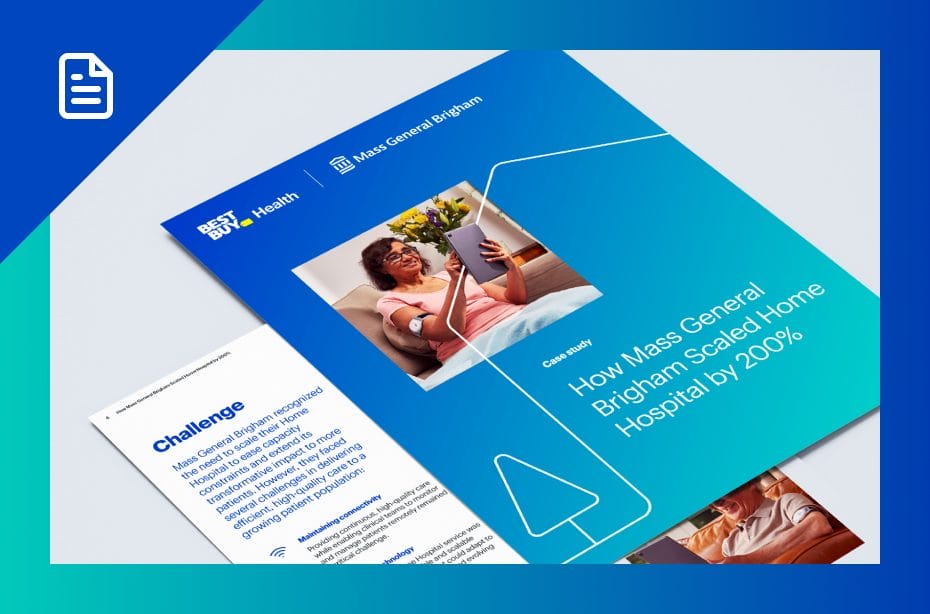5 Ways Remote Patient Monitoring Can Be Used in Clinical Trials and Research
A successful clinical trial or clinical research study can help develop and demonstrate the efficacy of new treatments, therapies, and devices that may improve patient outcomes. By testing and validating new approaches, these studies contribute to advancing healthcare and expanding available treatment options. Their results can provide valuable insights, benefiting patients and shaping the future of medicine.
And yet, clinical trials and research studies are inherently complex with many moving parts. Logistical challenges—ranging from participant recruitment to data management and adverse events—can easily stall or derail a study. That’s why many biopharma companies, clinical research organizations, and health systems are looking to streamline and simplify both clinical trials and research studies by leveraging advanced technologies like remote patient monitoring (RPM).
The goal is to use RPM within clinical trials to improve efficiencies, enabling early detection of adverse events, enhancing participant compliance, and streamlining data collection. Additionally, RPM can collect data and measure the impact of remote care on patient outcomes, providing valuable information for research studies to assess the effectiveness of interventions and monitor long-term treatment effects in real-time. But how are organizations using RPM within clinical trials and research studies in a way that drives meaningful and measurable impacts?
- Mount Sinai, the largest hospital network in New York City, recently used RPM within a research study to evaluate the feasibility of using a wearable device to detect cytokine release syndrome (CRS) compared to standard of care (SoC) in patients undergoing chimeric antigen receptor T-cell (CAR-T) therapy. Preliminary findings showed that by continuously monitoring patients’ vital signs, including temperature, pulse, respiratory rate, and oxygen saturation, they were able to detect temperature changes consistent with CRS more than 3 hours earlier than standard monitoring. This research underscores that users can have confidence in the ability of RPM devices to accurately detect vital sign changes, further reinforcing their critical role in enabling patients to receive CAR-T therapy at home.
- Sarah Cannon, the Cancer Institute of HCA Healthcare, recently published research findings on the effectiveness of RPM for outpatient CAR-T therapy. This research, presented at the 2024 ASH Annual Meeting, compares clinical outcomes and adherences for 15-day versus 30-day RPM programs in outpatient CAR-T patients. In addition to demonstrating that outpatient CAR-T therapy using RPM is safe and has high patient adherence, the study found that 15-day RPM monitoring will capture the vast majority of adverse patient reactions. It also underscores the transformative potential of shifting the site of care to the outpatient setting supported by RPM to enhance patient care while reducing healthcare costs—in this case by minimizing the need for prolonged, costly hospital stays.
- Another recent study published in the Journal of Clinical Oncology examined the effectiveness of blinatumomab combined with digital monitoring to track patient progress and outcomes for measurable residual disease-positive B-cell acute lymphoblastic leukemia in an outpatient setting. While enrollment is still ongoing, preliminary findings suggest that outpatient administration of continuous intravenous (cIV) blinatumomab, with digital monitoring, is safe and appropriate for these patients.
- The Mayo Clinic published a research paper where they used RPM for data collection within a clinical study focused on virtual reality interventions to help reduce preoperative anxiety among cardiac patients. The study found that using a virtual reality experience before cardiac surgery can significantly reduce overall anxiety in older adults.
- Best Buy Health recently published an abstract with AstraZeneca that examines the impact of portability of wearable monitoring devices on clinical trial participant retention and experience. It showed that participants remained in clinical trials longer if the RPM device used was smaller and lighter.
These are just some examples of how organizations are advancing clinical research and clinical trials using RPM. Overall, organizations are increasingly leveraging RPM within clinical trials and research studies to drive better outcomes, including in the following areas:
- Optimizing data collection and analysis: RPM devices generate large volumes of real-world data that are invaluable for clinical trials and research studies. These robust datasets allow for the analysis and demonstration of trial endpoints, ultimately aiding in the determination of treatment efficacy and safety. Additionally, since the data is collected outside of the hospital environment or clinical trial site, it allows for the monitoring and management of participants in real-world settings, which enhances the validity of a drug, treatment or device in everyday use.
- Improving safety through early adverse event detection: By using both continuous and intermittent vital sign monitoring, sponsors and health systems gain unprecedented access to near real-time participant health data. This visibility enables early identification of health deterioration, allowing for earlier alerts to clinical monitoring support and trial site teams about potential adverse events and facilitating timely interventions.
- Expanding participant accessibility: RPM devices allow participants to engage with clinical trials and research studies from the comfort of their homes, reducing the need for frequent in-person visits. This is especially beneficial for individuals with mobility issues, those living in remote areas, or anyone facing other barriers to participation. Ultimately, RPM broadens the reach and inclusivity of clinical trials and research studies, making it easier for a more diverse group of people to participate.
- Increasing participant engagement and program adherence: RPM platforms can enable organizations to foster stronger engagement within clinical trials and research studies by maintaining consistent communication with participants. Through features like daily reminders and task scheduling, certain platforms can prompt participants to complete essential activities such as filling out surveys, taking medications, fasting before appointments, and other key tasks. This proactive support not only helps ensure adherence to the program but also enhances the overall participant experience.
- Improving treatment or drug efficacy through digital biomarker development: Continuous and intermittent data help identify key measurements that reflect biological signs of health deterioration. This provides pharmaceutical companies with near real-time insights into treatment performance and, in some cases, even allows for the prediction of potential side effects during the trial.
If your organization is interested in learning about Best Buy Health’s RPM platform and support services, and how these can enhance your own clinical trial or research studies, please reach out today. We work with five of the top 10 pharmaceutical companies worldwide to help them accelerate the development of innovative medicines and treatments—and stand ready to help you.


